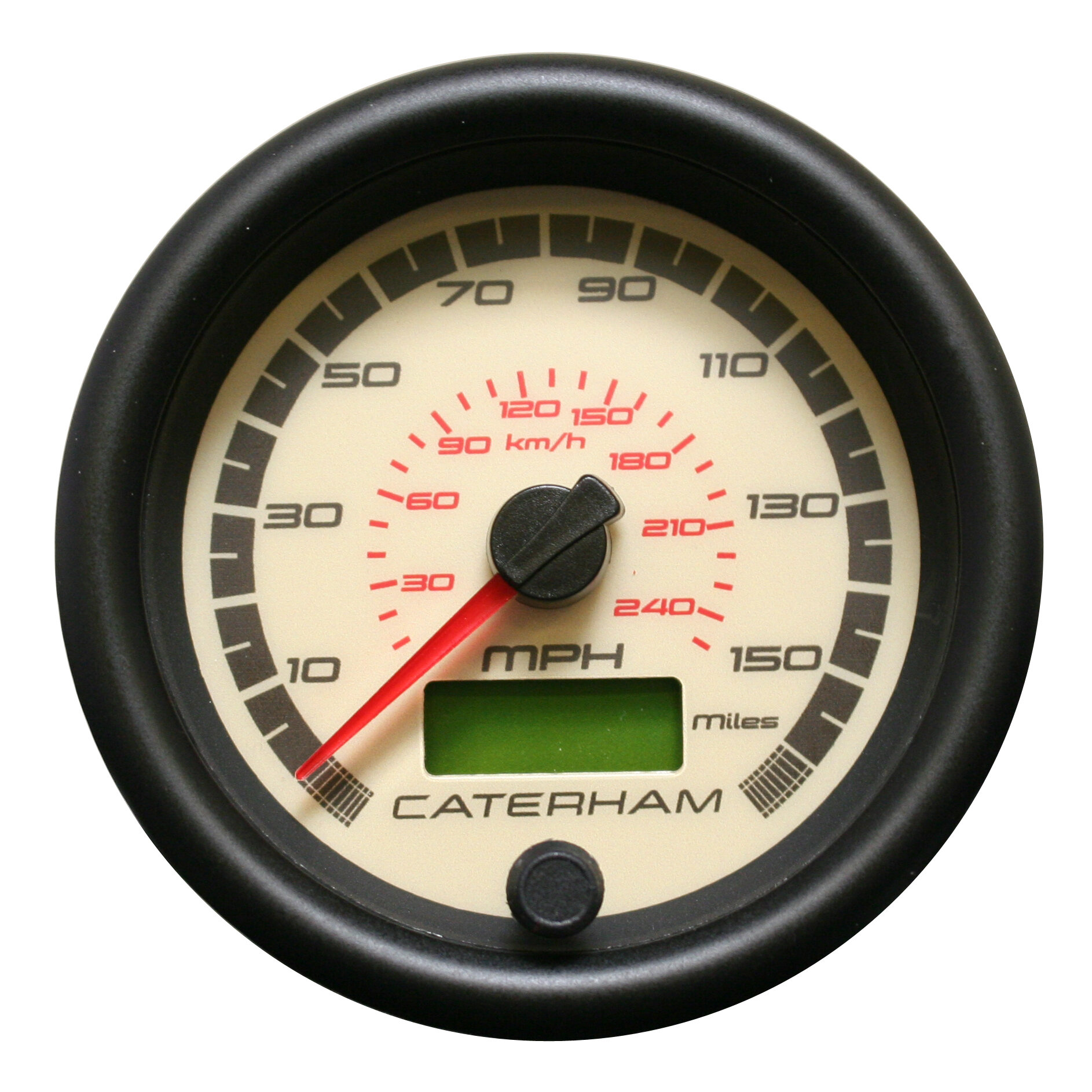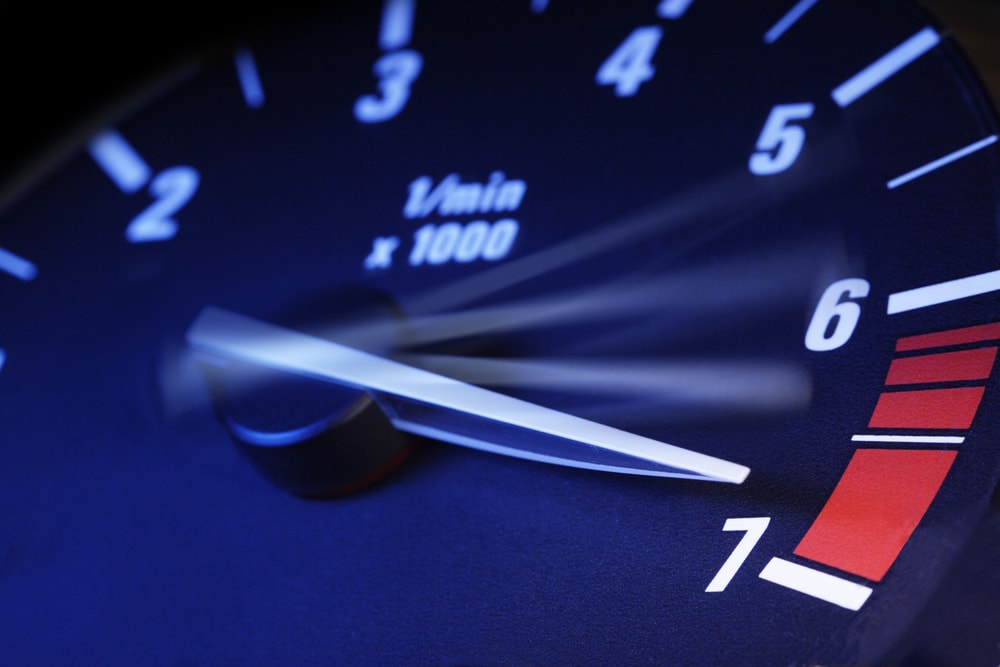The Benefits of Mounting a Tachometer in Your Car
The Benefits of Mounting a Tachometer in Your Car
Blog Article
The Importance of a Tachometer in Keeping An Eye On Engine Speed and Performance in Automotive Applications
In the realm of automobile engineering, the tachometer stands as an essential instrument in the motorist's toolbox, giving a direct window right into the internal operations of an automobile's engine. Past its function as a plain scale of transformations per minute (RPM), the tachometer functions as a vital tool for fanatics and experts alike, supplying real-time insights into engine performance and health and wellness. Comprehending the value of this tool goes beyond surface-level monitorings, delving into the intricate relationship between engine speed, power output, and general driving experience. As we explore the multifaceted role of the tachometer in automobile applications, a deeper appreciation for its influence on vehicle characteristics and effectiveness starts to arise.
Relevance of Keeping Track Of Engine RPM
Monitoring engine RPM, or revolutions per minute, is a vital facet of automobile upkeep and efficiency evaluation. Engine RPM directly associates with the rate at which the engine's crankshaft rotates, indicating just how swiftly the engine is running - tachometer. By checking RPM, technicians can examine the health of the engine, discover prospective problems, and fine-tune performance. An abnormal RPM reading may signal problems such as engine misfires, malfunctioning trigger plugs, or problems with the gas shipment system. Constantly high RPM readings could indicate aggressive driving habits or the demand for a greater equipment change to improve fuel efficiency.
Additionally, keeping an eye on engine RPM is necessary for performance evaluation in auto racing and high-performance vehicles. In summary, keeping track of engine RPM is not only crucial for spotting issues however additionally for optimizing engine performance in various automobile applications.

Benefits of Real-Time Data
In auto applications, real-time data plays a vital function in giving immediate understandings right into the efficiency and problem of the vehicle. By constantly keeping an eye on various criteria such as engine rate, temperature level, gas consumption, and a lot more, real-time data uses numerous benefits that contribute to enhanced efficiency and safety when traveling.
One significant advantage of real-time data is its ability to alert drivers and professionals to any abnormalities or issues without delay. This proactive strategy enables quick identification of potential problems, permitting for prompt treatments to protect against more damage or break downs. Additionally, real-time information assists in performance optimization by providing instant feedback on driving routines and engine efficiency. Vehicle drivers can adjust their habits in real-time based upon this information to accomplish better gas economic climate and prolong the lifespan of their automobile.

Additionally, real-time data plays an essential function in modern auto diagnostics, allowing specialists to swiftly detect click for more and deal with malfunctions. This brings about reduced downtime, reduced maintenance prices, and ultimately, improved overall automobile integrity and long life (tachometer). By taking advantage of the power of real-time information, automotive stakeholders can make educated choices that positively impact both the efficiency and long life of the vehicle
Effect On Gear Shifts
Effective equipment shifts in auto applications substantially affect general efficiency and driving experience. The tachometer plays an important function in enhancing equipment shifts by giving real-time engine rate data to the driver. When coming close to the redline on the tachometer, it indicates the motorist to upshift to stop over-revving the engine and causing prospective damages. On the various other hand, downshifting at the right minute can aid keep the engine in its power band, guaranteeing responsive velocity when required.
Moreover, the tachometer help in attaining smoother gear transitions, especially in hand-operated transmissions. By monitoring engine speed, motorists can execute equipment changes at the optimum RPM variety, minimizing snagging motions and minimizing wear on the transmission components. This precision in equipment changes not just improves driving comfort yet likewise contributes to fuel effectiveness.
Enhancing Fuel Effectiveness
Offered the crucial function the tachometer plays in maximizing equipment changes for efficiency and engine wellness, it directly adds to taking full advantage of gas efficiency in automobile applications. By providing real-time feedback on engine speed, the tachometer helps vehicle drivers in preserving the most reliable RPM variety for fuel economic navigate to this site situation. When vehicle drivers constantly monitor the tachometer and adjust their driving habits appropriately, they can prevent unneeded fuel usage caused by over-revving or lugging the engine.
Additionally, the tachometer aids vehicle drivers recognize the most fuel-efficient equipment to be in at any given moment, protecting against the engine from functioning tougher than required. In verdict, the tachometer serves as a beneficial tool in enhancing gas performance by advertising optimal driving habits and recognizing locations for renovation in the automobile's efficiency.

Maximizing Engine Longevity
The tachometer's role in keeping track of engine speed and performance is instrumental in making certain the long life of auto engines. Keeping an eye on the tachometer allows drivers to remain go to website within the suggested RPM array for their lorry, protecting against unnecessary strain on the engine and extending its life expectancy.

Conclusion
Finally, the tachometer plays an important function in keeping an eye on engine speed and efficiency in automobile applications. By providing real-time data on RPM, it enables effective equipment changes, boosted fuel efficiency, and taken full advantage of engine long life. This device is vital for preserving ideal engine performance and making sure the total functionality of a car.
Report this page